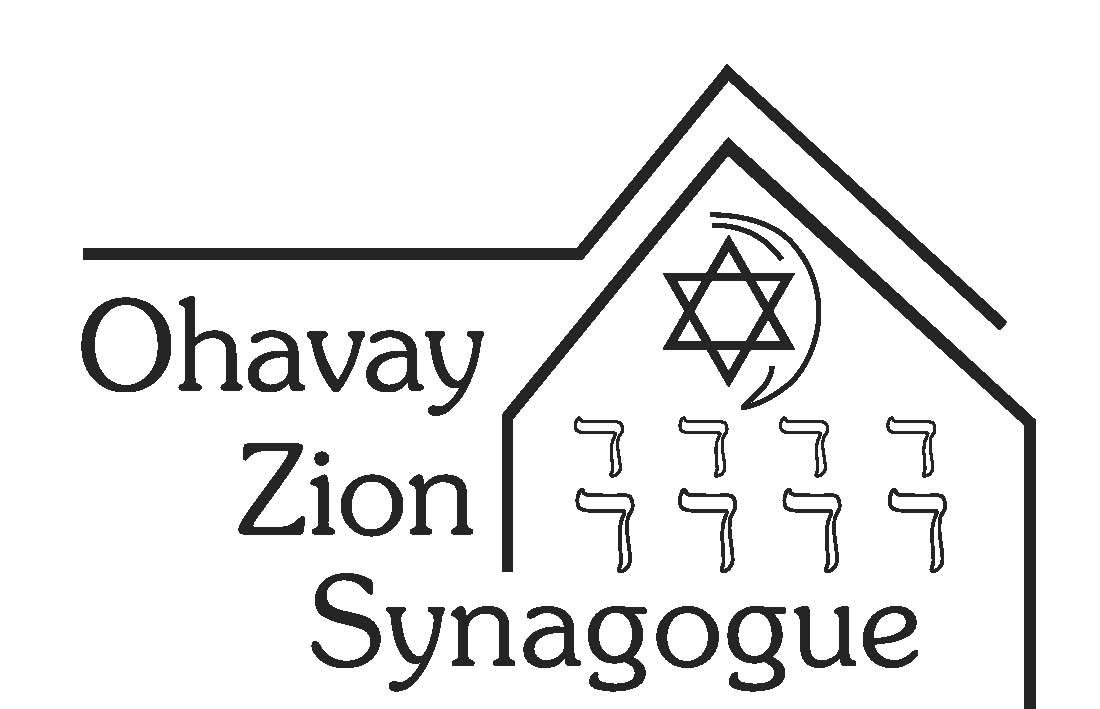Synagogue History
It wasn’t Anatevka, it was Pushelot, a shtetl in Lithuania. But, other than that, the story of Jewish migration from Eastern Europe to Lexington, Kentucky could have been a scene straight out of Fiddler On The Roof.
-
Just after the turn of the 20th century, the first of our founders came to Lexington and encouraged their relatives and friends to join them here. The Orthodox Jewish community then consisted of just 8 or 10 families who gathered in downtown stores for Minyans.
-
By 1940, major changes in the size of the Synagogue’s physical structure were becoming critical to our survival. Rabbi A. R. Prero z”l promoted a rather ambitious plan for adding an auditorium to the small house on Upper Street then used by the congregation. Had it not been for individual congregants who signed personal notes, work would not have been undertaken before World War II, and the new addition may not have become a reality.
-
With the arrival of Rabbi Bernard Schwab z”l in 1962, Ohavay Zion had a Rabbi who demonstrated a long-term commitment to the congregation. During his 23 years of service, the congregation assumed a more Orthodox nature in keeping with his personal practices. Teaching young children was Rabbi Schwab’s main focus during his tenure, and he devoted an enormous amount of energy toward this end.
-
With the passing of Rabbi Schwab z”l in 1985, Ohavay Zion was at a crossroads. The close-knit, interrelated families that formed the core of the Synagogue for the first fifty years were joined by a growing membership from all parts of the world and from all walks of life. At this juncture, the board made two far-reaching decisions; all members of the Synagogue would be integrated into all aspects of its religious activity in an Egalitarian manner, and we would look for a site on which to build a new facility. These undertakings were successfully accomplished under the guidance of Rabbi Uriel Smith z”l and Rabbi Eric Slaton.
-
Under the heart and scholarship of Rabbi Sharon Cohen and Rabbi Moshe Smolkin, the congregation maintained and strengthened its grounding in the principles of Conservative Judaism - of conserving tradition even as we demand greater inclusion, and creatively respond to the innovations of the modern world.
-
In 2020, Ohavay Zion became the new home for a Torah Scroll from Czechoslovakia that miraculously survived the Holocaust. The scroll was lovingly cared for by the Lexington Havurah before being transferred to the Synagogue. Housing a Torah scroll with this history helps our congregation to honor the memory of Jewish life in Europe before the Shoah, and gives us the essential charge of continuing to teach the history of our people, applying those lessons to speak out for those who are persecuted today.
-
Rabbi Shani Abramowitz stepped onto the bima of Ohavay Zion Synagogue in the midst of the COVID-19 pandemic, just as we found ourselves most in need of healing. She has renewed our quest to build deeper connections with each other and with the texts of our ancestors, while also keeping our fingers on the pulse of the present, applying our Jewish practices and values to the needs of the world around us.
It is important for us to know the history of our congregation, to keep it alive for our future generations, and to share this story with all who are interested. If you are looking for a deeper dive, we invite you to follow the link below.

